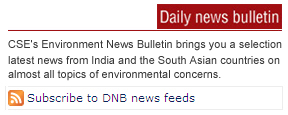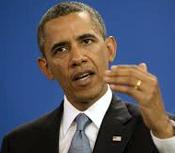Pollution pays
Pollution pays
The Mahajans, a family of four who live in Vasant Kunj, South Delhi, daily waste 240 litres of water to get 30 litres from their reverse osmosis (RO) purifier six times a day. “I bought the purifier thinking it will end all our water woes. It gives us clean drinking water but I feel guilty about the waste,” says Meenakshi Mahajan. ‘Experts’ have informed the family that the wastage is quite normal for such water-cleaning gadgets.
“I first had a candle filter for Rs 600 but there were problems. I then bought a purifier with ultra violet (UV) technology in the mid-1990s for Rs 5,500, but I was not happy because I noticed a white layer on top of the purified water. I then started buying bottled water for Rs 50 per 10 litre,” says Meenakshi.
Bottled water didn’t seem safe so the family changed their device again. “I bought the RO purifier for Rs 22,000. We have to pay the company Rs 3,200 each year for maintenance,” she says.
The total dissolved solids (TDS) in the water Mahajans drink is now 20 ppm (parts per million). In other words, the family is drinking water as pure as distilled water, but which is also shorn of any minerals, and so nutritive properties. Is this the best the Indian water treatment industry has to offer?
New trade
Govt can’t clean, companies step in
Water treatment is an upcoming business in developing countries like India. As water gets more and more contaminated, treating it has become an industry. Delhi-based consultant firm EQMS India (P) Ltd estimates that India’s environmental service market is worth about US $2.5 billion to $3 billion, of which treating wastewater (including sewage) alone can fetch US $1.5 billion (Rs 150 crore).
“Municipalities have failed to provide clean drinking water and our water resources are becoming polluted. Pesticides seep into groundwater, which is then supplied to households. We keep hearing of drinking water mixing with sewage. People do not want to take any risk and prefer treating water at their end,” says Rajesh Sharma, managing director of Mumbai-based Ion Exchange (India) Ltd, one of India’s largest water treatment company. Municipalities provide chlorinated water but this only takes care of bacterial contamination. The new threat to drinking water, however, comes from chemicals, pesticides and other toxic compounds. Municipalities don’t check for these, and the guidelines they follow for water treatment aren’t mandatory (see: Down To Earth, ‘Colanisation’s Dirty Dozen’, August 15, 2003).
The unsafe water supplied by municipalities has brought great business to private companies, which offer all kinds of water treatment solutions. The total market for household water treatment is India is estimated to be Rs 700 crore (see graph on next page: Unorganised sector). A market very lucrative to multinational companies (MNC), which don’t have a household water treatment market in their own countries. So, they make tie-ups with Indian companies. The deal is: MNCs provide the technology and Indian companies use it in their devices.
“We started in 1964 as the subsidiary of a UK-based com







